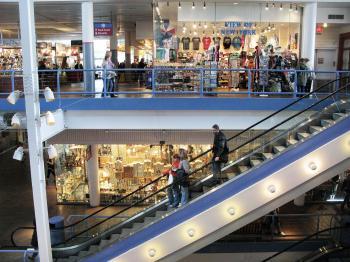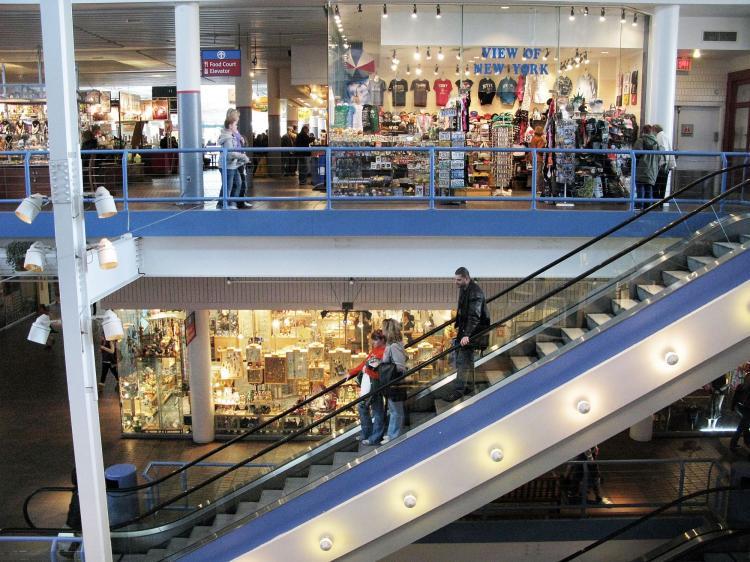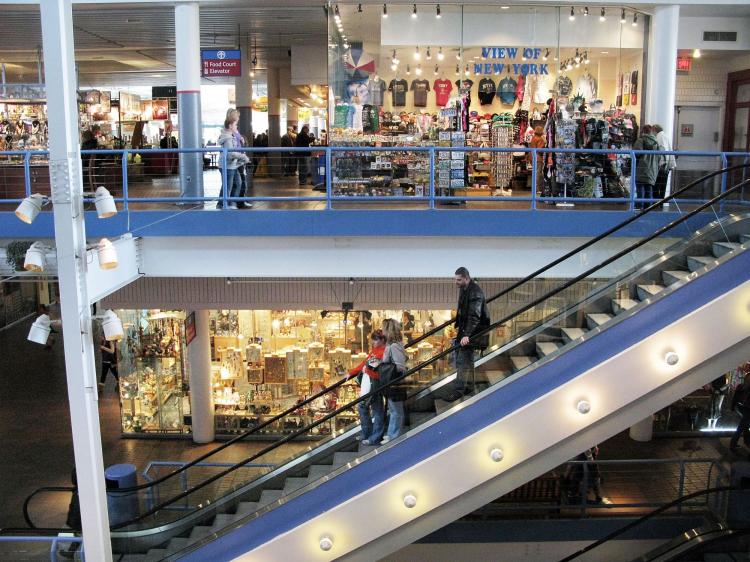Vacant office space abounds in the market for 2010. Of the available office space for rent, 27.3 million square feet will be left empty this year, according to 57 markets tracked by the National Association of Realtors (NAR). The study included the leasing of new space coming on the market as well as space in existing properties.
Vacancy rates are forecast to rise from 16.3 percent in the fourth quarter of 2009 to 17.6 percent in the fourth quarter of this year; the longer-term outlook is for vacancies to average 17.4 percent in 2011.
Lawrence Yun, NAR chief economist, said commercial real estate almost always lags the economy. “Because of the lingering impact from the deep recession over the past two years, vacancy rates will trend higher and many commercial property owners will need to make rent concessions,” he said in a press release.
“With the job market expected to turn for the better later this year, we’ll see rising demand for office and warehouse space, but that isn’t likely before 2011,” Yun said. “At the same time, improved consumer confidence would help sustain the retail sector and encourage more people to enter the rental market.”
High vacancy rates have pushed rents down, and almost nine in ten survey participants said new commercial development is virtually nonexistent in their market areas, and rent concessions are reported almost everywhere.
The NAR statement said that an independent survey earlier this month showed a couple dozen banks are willing to expand commercial credit this year—which is critical. The lending expansion is aided by the Federal Reserve’s Term Asset-Backed Loan Facility, which encourages issuance of commercial mortgage-backed securities. In addition, regulators are prodding lenders to extend terms for many existing commercial loans.
“We have a long way to go for satisfactory levels of commercial credit, but these are important first steps,” Yun said.
“Given that about $1.4 trillion in commercial debt will come due over the next three years, more extensive action is needed and the Fed needs to more actively help resuscitate commercial mortgage-backed securities. The credit improvement will mean more commercial property sales in 2010, even some at deeply discounted prices.”
Vacancy rates are forecast to rise from 16.3 percent in the fourth quarter of 2009 to 17.6 percent in the fourth quarter of this year; the longer-term outlook is for vacancies to average 17.4 percent in 2011.
Lawrence Yun, NAR chief economist, said commercial real estate almost always lags the economy. “Because of the lingering impact from the deep recession over the past two years, vacancy rates will trend higher and many commercial property owners will need to make rent concessions,” he said in a press release.
“With the job market expected to turn for the better later this year, we’ll see rising demand for office and warehouse space, but that isn’t likely before 2011,” Yun said. “At the same time, improved consumer confidence would help sustain the retail sector and encourage more people to enter the rental market.”
High vacancy rates have pushed rents down, and almost nine in ten survey participants said new commercial development is virtually nonexistent in their market areas, and rent concessions are reported almost everywhere.
The NAR statement said that an independent survey earlier this month showed a couple dozen banks are willing to expand commercial credit this year—which is critical. The lending expansion is aided by the Federal Reserve’s Term Asset-Backed Loan Facility, which encourages issuance of commercial mortgage-backed securities. In addition, regulators are prodding lenders to extend terms for many existing commercial loans.
“We have a long way to go for satisfactory levels of commercial credit, but these are important first steps,” Yun said.
“Given that about $1.4 trillion in commercial debt will come due over the next three years, more extensive action is needed and the Fed needs to more actively help resuscitate commercial mortgage-backed securities. The credit improvement will mean more commercial property sales in 2010, even some at deeply discounted prices.”







